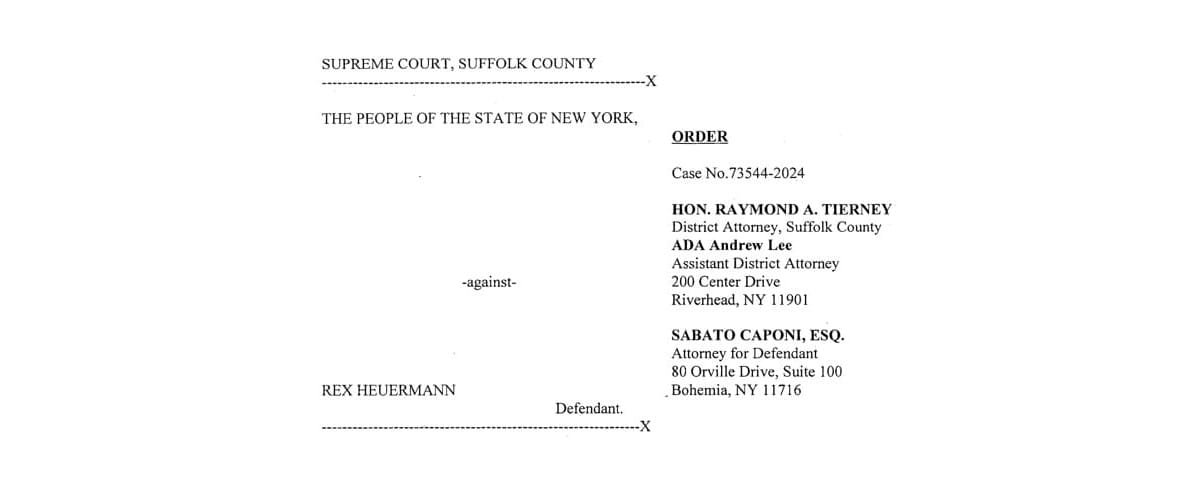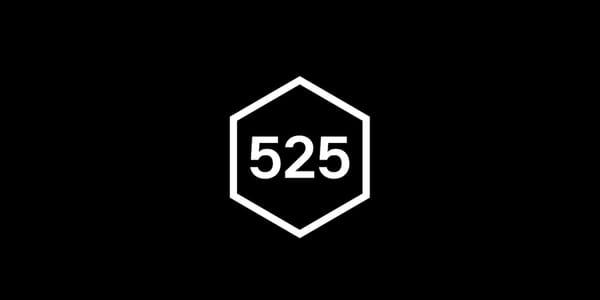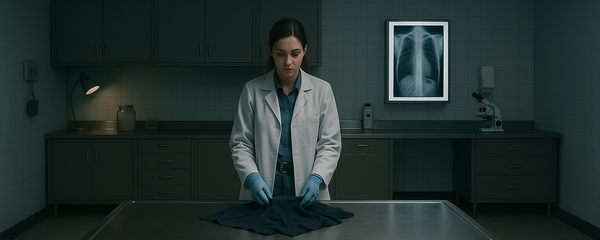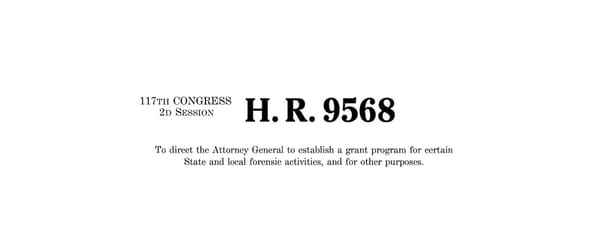Across the United States, there are many public and private forensic laboratories, including those operating in New York. For many years, these laboratories have focused on short tandem repeat (STR) testing, which has been the backbone of forensic DNA analysis. While STRs are reliable for direct identity matching and generally first-degree relative kinship testing, they are limited when samples are degraded or when distant relatives need to be identified.
Forensic science is moving into a new phase. Single nucleotide polymorphism (SNP) testing offers several advantages over STR typing. Unlike STRs, SNPs can be measured in highly degraded samples, and SNP-based profiles are well suited for expanded kinship analyses by forensic genetic genealogy. Expertise in STR testing does not automatically transfer to SNP testing. As we explained in a previous article, SNP testing requires new laboratory methods, new bioinformatics pipelines, and new ways of interpreting data. It is not a small adjustment to the old way of working; it is an entirely new domain which offers substantial benefits.
Despite its value, forensic dense SNP testing is not yet widely available in New York or across most of the United States. Because of this limitation, New York agencies often send evidence to out-of-state commercial service forensic laboratories that can perform this specialized forensic SNP testing.
In contrast, the New York Department of Health (DOH) has traditionally regulated medical testing. This regulation covers laboratories that perform diagnostics used for patient care. Public Health Law (PHL) §§570–579 created a permitting system to ensure clinical tests are accurate and reliable. The question that has not been clear until now is to what extent DOH oversight applies to forensic laboratories that do not perform medical testing but instead conduct DNA testing for criminal investigations or human remains cases.
In September 2025, the Suffolk County Supreme Court addressed this issue for the first time in People v. Heuermann. The ruling supports that PHL does not cover forensic identification laboratories, and it drew a distinction between the regulatory framework that applies to medicine versus criminal justice.
The Motion to Suppress
The defense argued that DNA evidence generated by an out-of-state laboratory, should be thrown out because the laboratory did not have a permit from the New York DOH to perform SNP typing. PHL §574 indicates that clinical laboratories testing samples from New York residents must be permitted by DOH. Since an out-of-state laboratory had processed DNA samples from New York, the defense argued that the work was unlawful and inadmissible.
The prosecution responded that PHL does not apply to the work performed by forensic laboratories. Instead, forensic DNA testing is covered by other laws, such as New York’s Executive Law and the rules for the state DNA databank. The real question for admissibility, they claimed, is whether the methods are scientifically reliable, not whether the laboratory has a DOH permit.
Legislative History Matters
The court looked at the text of the law and its history. PHL §§570–579 were created to address that testing used in medical care is accurate, since mistakes could directly harm patients. Legislative documents from 1993 make this point even clearer. They state that DOH does not have authority over “other laboratories used for criminal investigations.”
This language suggests the legislature did not intend for DOH to regulate forensic DNA laboratories. Extending the clinical permitting rules to cover criminal investigations would go far beyond the purpose of the law.
The Court’s Ruling
The court denied the motion to suppress. Its main findings were:
- PHL does not apply. Forensic DNA laboratories are not covered by the clinical laboratory permitting scheme.
- Admissibility is unaffected. The absence of a DOH permit does not impact whether DNA evidence can be used in court.
- Regulatory enforcement is separate. Even if it were decided that a forensic laboratory violated PHL, that would be an issue for DOH, not a reason to exclude evidence in a criminal case.
The ruling confirms that admissibility depends on scientific reliability and relevance, not on administrative licenses that were designed for medicine.
Implications for Forensic Practice
The decision has several important consequences:
- Clarity of scope. It resolves confusion about whether New York’s clinical laboratory law can be used to challenge forensic DNA results.
- Focus on reliability. Challenges to admissibility will need to focus on the science itself, for example through Frye hearings, instead of DOH permits.
- National relevance. Other states have similar divides between clinical and forensic laboratories, and this decision may influence how their courts rule.
The Heuermann decision supports the idea that forensic laboratories operate under a different legal and regulatory framework than medical laboratories. Public Health Law §570 is about protecting patients, not about excluding forensic DNA evidence.
For the public, it shows that cases will not be disrupted by a misapplication of laws written for clinical testing. Moreover, for the criminal justice community, it reinforces that admissibility of forensic DNA evidence depends on scientific reliability and relevance to the case.
Othram was early to apply forensic SNP testing and forensic genetic genealogy in New York. Working with NYPD and several other local agencies in the state, our team enabled a series of firsts in New York. These include the first identification in the state’s Capital Region, the first identifications in the Five Boroughs, and the first homicide solved and prosecuted in New York (by the Queens District Attorney’s Office), using forensic genetic genealogy.
If you are thinking of onboarding this technology, Othram can help. We offer complete deployable workflows that enable you to leverage Othram’s technology in your own lab. If you are not ready, then bring your case to Othram. Our team operates the world’s first purpose-built forensic laboratory for forensic genetic genealogy. We developed Forensic-Grade Genome Sequencing® (FGGS®) to enable ultra-sensitive detection of distant relationships. It’s part of our Multi Dimensional Forensic Intelligence (MDFI) platform.
More forensic genetic genealogy cases have been solved with Othram FGGS® than with any other method. Let’s work together to unlock answers and bring justice to those who need it most. Get started here.





